Best Drought-Tolerant Plants for a Hotter Summer
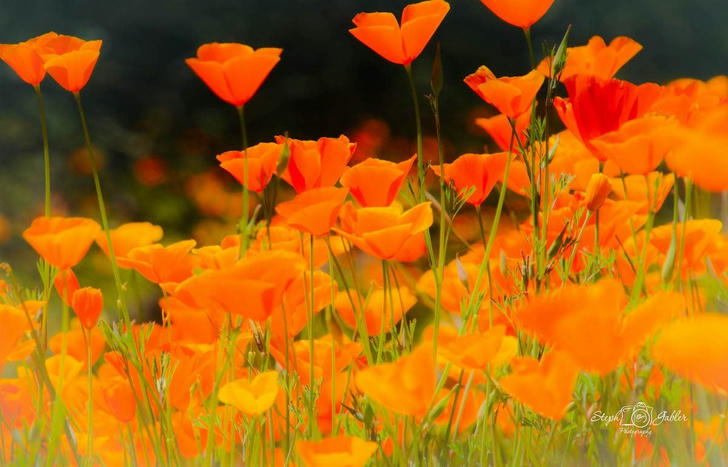
As temperatures rise and rainfall becomes less reliable in many parts of the U.S., gardeners are rethinking their plant choices. Gone are the days when lush, thirsty lawns and delicate flowers ruled the yard. Today, it's all about smart, sustainable gardening---and that means focusing on drought-tolerant plants that can take the heat.
Whether you're trying to conserve water, cut down on maintenance, or just want a garden that still looks amazing when the sun won't quit, these resilient plants are your best summer allies.
Why Drought-Tolerant Plants Matter
Let's face it---summers are getting hotter. According to recent data, areas across the U.S., especially in the West and South, are experiencing longer dry spells and water restrictions. Drought-tolerant plants help you keep your garden thriving without relying on constant watering. These hardy plants:
- Require less water once established
- Are more resistant to heat stress
- Often attract pollinators like bees and butterflies
- Lower your water bill and reduce your environmental footprint
Now, let's look at the top drought-tolerant winners for your garden this summer.
1. Lavender (Lavandula)
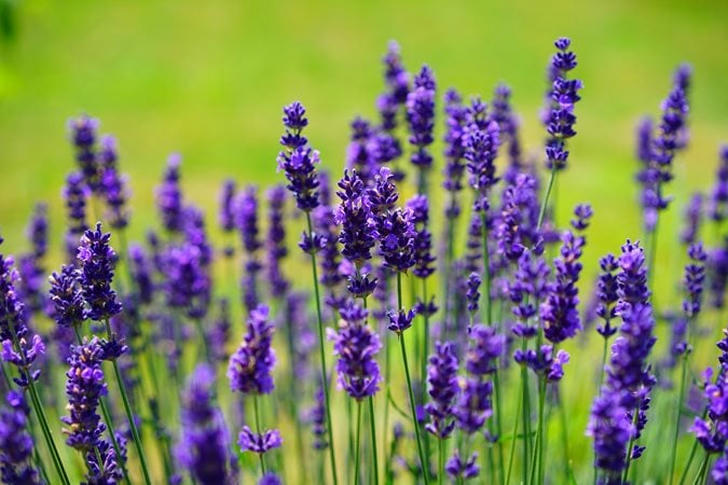
Lavender is more than just a pretty face. This fragrant herb thrives in full sun and dry soil, making it a great choice for hot climates.
Why it works: Its deep roots and gray-green foliage help it retain moisture.
Bonus: It attracts pollinators and repels mosquitoes---win-win!
Tips: Plant in well-drained soil and avoid overwatering. Too much love can actually hurt it.
2. Coneflower (Echinacea)
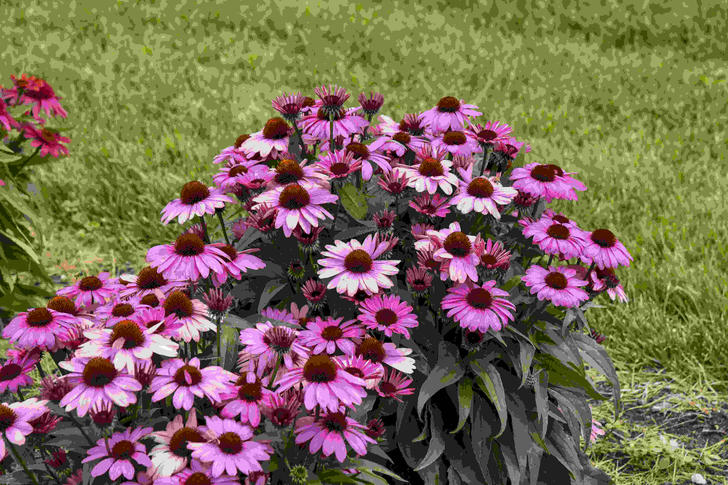
Native to North America, coneflowers are rugged, colorful, and built for hot summers.
Why it works: Deep taproots help them find water far below the surface.
Looks: Vibrant daisy-like flowers in purple, pink, and white.
Tips: Deadhead spent blooms to encourage new growth and extend the flowering season.
3. Sedum (Stonecrop)
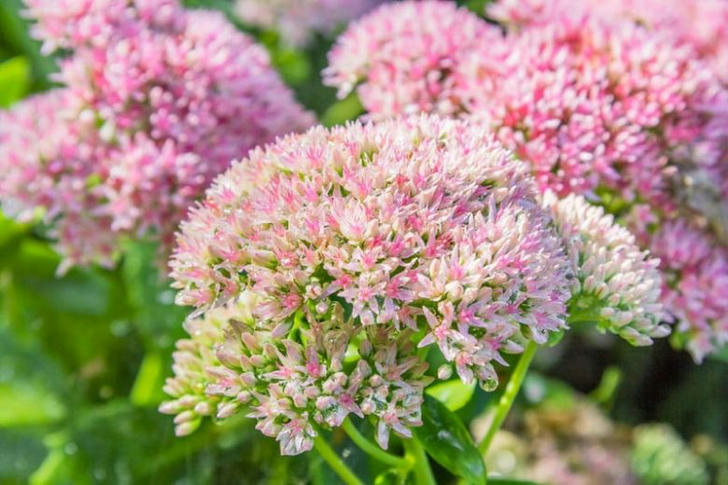
Sedum is a succulent, meaning it stores water in its leaves. That makes it one of the easiest low-maintenance plants around.
Why it works: Perfect for rock gardens, borders, or even container arrangements.
Looks: Thick, fleshy leaves with blooms in pink, red, or yellow.
Tips: Full sun is best. Overwatering is the only real way to kill it.
4. Russian Sage (Perovskia atriplicifolia)
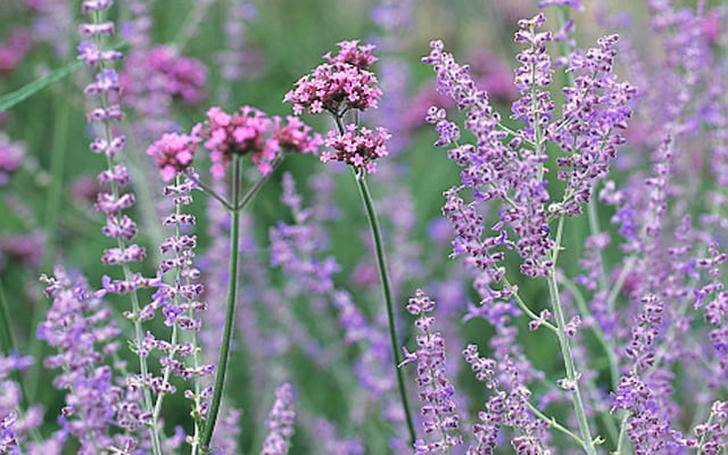
If you're after something tall, airy, and full of color, Russian Sage delivers.
Why it works: It handles both heat and drought with ease.
Looks: Silvery stems with wispy, lavender-blue flowers.
Tips: Cut it back in early spring to keep the shape tidy.
5. Blanket Flower (Gaillardia)
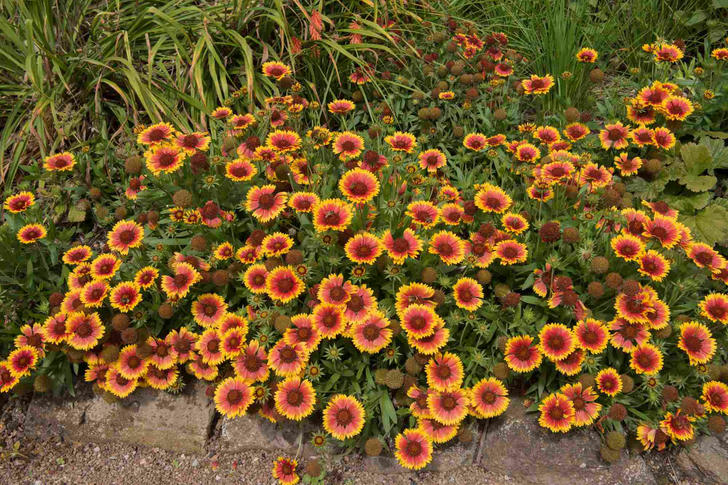
Bright, cheerful, and drought-tough---blanket flowers love to bask in the heat.
Why it works: It keeps blooming even in the hottest months.
Looks: Sunset-hued petals in red, orange, and yellow.
Tips: Doesn't like rich soil. The poorer the soil, the better it blooms.
6. Agave
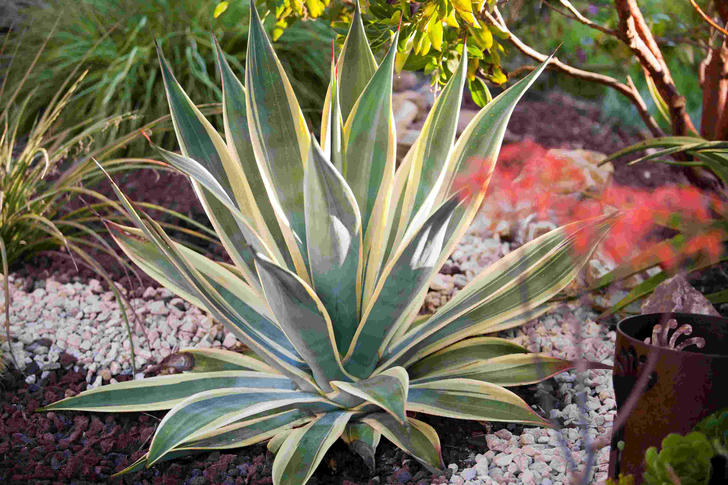
For that bold desert look, agave is unbeatable. It's sculptural, tough, and made for the sun.
Why it works: This succulent stores water like a camel and shrugs off dry spells.
Looks: Spiky, dramatic leaves in blue-green or variegated tones.
Tips: Use as a focal point in xeriscape or gravel gardens. Watch those sharp tips!
7. Yarrow (Achillea millefolium)
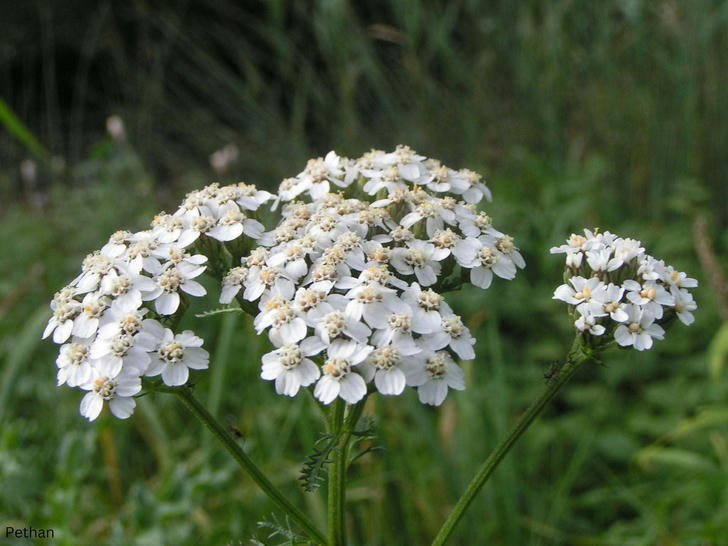
Yarrow is a wildflower favorite that doesn't mind the heat. It's great for naturalized gardens or pollinator patches.
Why it works: It grows easily in dry, poor soil and spreads over time.
Looks: Fern-like foliage with flat-topped flower clusters in white, yellow, pink, or red.
Tips: Cut back after the first bloom to encourage more flowers.
8. California Poppy (Eschscholzia californica)
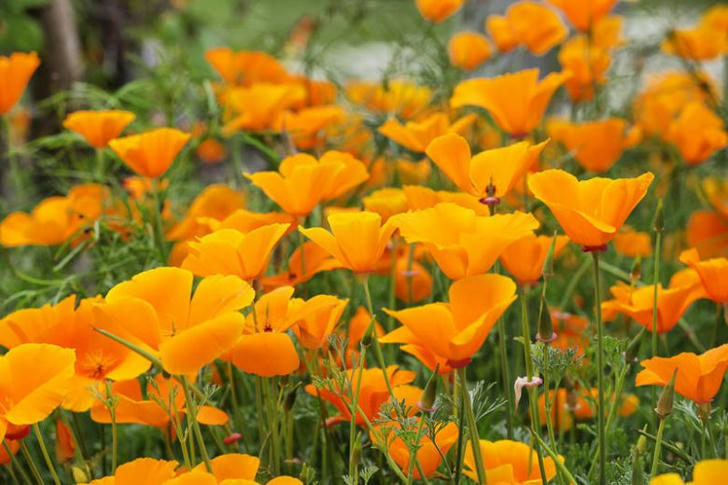
The California poppy isn't just the state flower---it's also one of the toughest little blooms out there.
Why it works: Thrives in dry, sandy soil and doesn't need much attention.
Looks: Cheerful orange, yellow, or cream flowers that open in sunshine and close at night.
Tips: Let them go to seed and they'll come back next season, no problem.
9. Thyme (Thymus vulgaris)

This hardy herb is more than just a kitchen favorite---it's also great for filling in sunny garden spots.
Why it works: Loves heat, handles dry conditions, and spreads easily as ground cover.
Looks: Tiny green leaves with delicate pink or purple blooms.
Tips: Trim regularly to keep it bushy. Bonus: it smells amazing when you walk on it!
10. Black-Eyed Susan (Rudbeckia hirta)
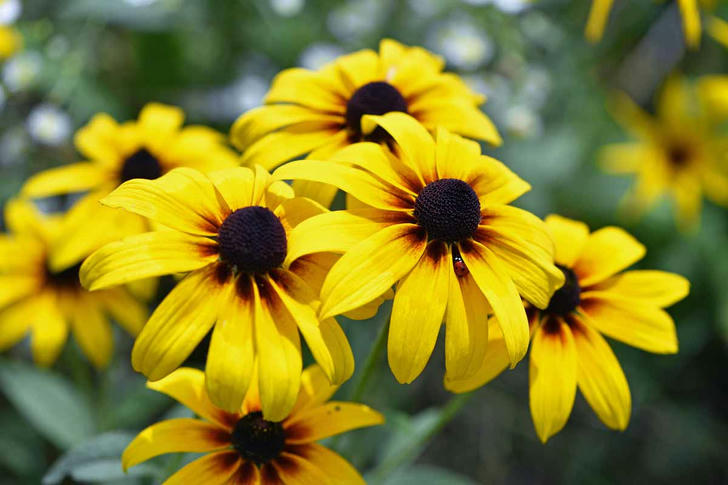
A true American classic, black-eyed Susans bring bold color to your garden with very little water.
Why it works: Built to handle summer sun and dry soil.
Looks: Bright golden petals with a dark chocolate-brown center.
Tips: Great in borders or naturalized spaces. Butterflies and bees love them!
11. Blue Fescue (Festuca glauca)
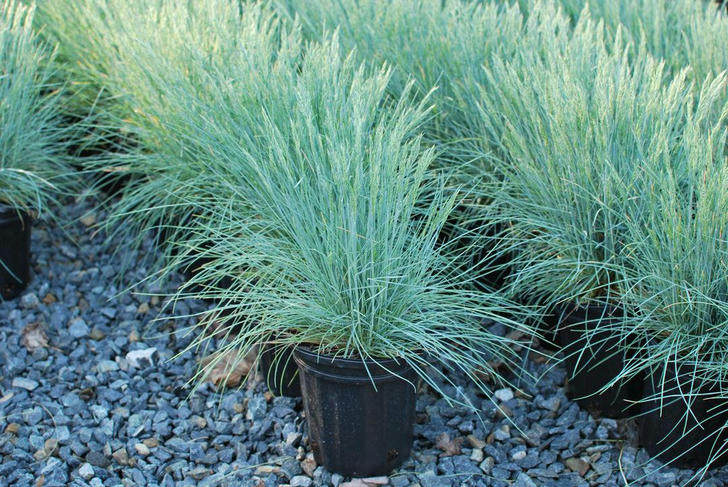
If you're looking to add texture and cool tones to your landscape, this ornamental grass is a go-to
Why it works: Tough, drought-tolerant, and low maintenance.
Looks: Soft, clumping grass in icy blue or silvery green.
Tips: Works beautifully along walkways or in rock gardens. Needs full sun for best color.
A Few Extra Tips for Gardening in a Hot, Dry Summer
Even with drought-tolerant plants, how you care for your garden makes a big difference. Here are some quick pointers:
- Mulch is your best friend: A thick layer of mulch around plants helps retain moisture, regulate soil temperature, and keep weeds down.
- Water deeply, not often: A long soak once or twice a week is better than a daily sprinkle. It encourages roots to grow deep.
- Group plants by water needs: This makes watering easier and prevents over- or under-watering.
- Choose native when you can: Native plants are adapted to your local climate and soil, making them naturally more drought-resistant.
